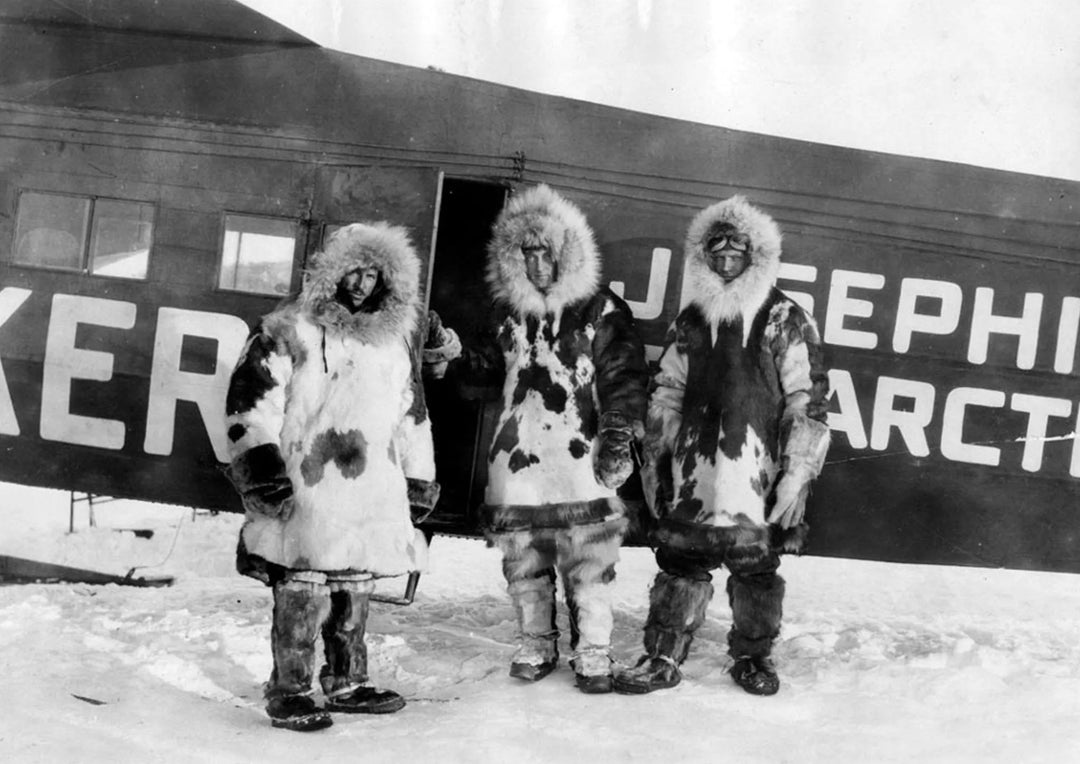Motorcycle leather is not just about aesthetics—it is an essential protective gear that ensures safety and durability on the road. However, prolonged exposure to ultraviolet (UV) rays can cause significant damage, compromising the leather’s longevity and performance. UV rays are responsible for fading, drying, and cracking leather, leading to costly repairs or replacements. Protecting motorcycle leather from UV damage is crucial for maintaining its strength, appearance, and overall quality.
This guide explores the impact of UV rays on motorcycle leather, effective protective measures, the best materials for UV resistance, and expert-recommended care techniques to enhance longevity.
Understanding UV Damage to Leather
How UV Rays Affect Leather
Leather, being a natural material, is highly susceptible to environmental elements, particularly UV radiation. The sun's rays penetrate the leather surface, breaking down essential oils and fibers that maintain flexibility and color vibrancy. Over time, this exposure leads to:
-
Drying and Brittleness: UV exposure depletes the leather's natural moisture, making it stiff and prone to cracking.
-
Fading and Discoloration: The ultraviolet spectrum causes oxidation, leading to uneven fading and loss of color richness.
-
Weakened Structural Integrity: Constant exposure to UV rays weakens the leather’s fibers, making it more susceptible to tearing and deterioration.
Scientific Explanation of Leather Degradation Under Sunlight
Leather consists of collagen fibers that maintain its strength and flexibility. When exposed to UV rays, the collagen undergoes photochemical reactions that degrade its molecular structure. This process leads to oxidation, where essential oils evaporate, resulting in dryness, discoloration, and brittleness. Over time, UV damage accelerates the aging process of leather, making it fragile and weak.
Best Materials for UV Protection
Types of Leathers and Their Susceptibility to UV Damage
Different types of leather vary in their resistance to UV exposure. Understanding their characteristics helps in selecting the best gear for protection:
-
Full-Grain Leather: The most durable and UV-resistant type, full-grain leather retains natural oils that help mitigate sun damage.
-
Top-Grain Leather: While slightly less resistant than full-grain leather, it offers a balance between durability and flexibility.
-
Suede and Nubuck: Highly absorbent and vulnerable to UV damage, these leathers require additional protective treatments.
-
Synthetic Leather: While some synthetic leathers incorporate UV protection, they lack the natural resilience of authentic leather.
Materials with Natural or Enhanced UV Resistance
-
Treated Leather: Some manufacturers apply UV-resistant coatings to enhance durability.
-
Leather Blends: Leather infused with UV-resistant compounds offers extended protection.
-
Wax-Coated Leather: Natural wax treatments can create a barrier against UV penetration.
Preventative Measures to Protect Leather
Tips on Limiting Direct Sunlight Exposure
Reducing exposure to direct sunlight is the first step in preventing UV-related damage. Consider these strategies:
-
Use Motorcycle Covers: When parked, always cover the motorcycle with a UV-resistant cover to block sunlight.
-
Store in Shaded Areas: Parking under trees or shaded spots helps minimize UV exposure.
-
Rotate Riding Gear: Alternating between different sets of gear reduces prolonged UV exposure to a single piece of leather equipment.
Importance of Proper Storage and Cover Usage
-
Ventilated Storage: Keep leather items in a cool, dry place to prevent heat buildup.
-
Breathable Covers: Avoid plastic covers that trap moisture; opt for breathable fabrics.
-
Elevated Storage: Store leather jackets, seats, and bags on racks to prevent contact with damp surfaces.
UV Protective Products for Leather Care
Review of Top Products for UV Protection
-
UV-Blocking Leather Conditioners: These replenish lost moisture while forming a protective barrier against UV rays.
-
Waterproofing Agents: Dual-action protectants shield against both moisture and sun damage.
-
Leather Sunscreen Sprays: Specially formulated sprays provide an additional layer of UV resistance.
How to Apply These Products for Optimal Protection
-
Clean the Leather: Remove dirt and debris using a microfiber cloth.
-
Apply UV-Blocking Conditioner: Spread an even layer and let it absorb.
-
Use Waterproofing Agents: Seal the conditioner with a protective spray.
-
Reapply Regularly: Depending on exposure, reapply every 2–3 months.
DIY Solutions for Enhancing UV Protection
Homemade Mixes and Techniques
-
Aloe Vera & Beeswax Mix: A natural UV-blocking blend that conditions and protects.
-
Coconut Oil & Shea Butter: Offers mild UV resistance and deep conditioning.
-
Vinegar & Linseed Oil: Restores faded leather while providing a protective sheen.
Practical Tips for Regular Maintenance
-
Frequent Cleaning: Wipe down leather after every ride to remove dust and pollutants.
-
Conditioning Routine: Use DIY or store-bought conditioners at least once a month.
-
Avoid Harsh Chemicals: Stay away from alcohol-based cleaners that accelerate drying.
Professional Help and Services
When to Seek Professional Care
-
Severe Cracking & Dryness: When home treatments fail, professional restoration is necessary.
-
Faded or Discolored Leather: Experts can re-dye and condition damaged leather.
-
Deep Cleaning Needs: Specialized cleaning removes embedded dirt and UV-induced wear.
Specialized UV Treatment Services
-
Protective Coating Application: Professionals apply durable UV-resistant coatings.
-
Leather Rejuvenation Treatments: Intensive conditioning services restore moisture.
-
Custom UV-Resistant Leather Finishes: Protective dyes enhance longevity.
Long-Term Care and Maintenance
Routine Practices for Leather Preservation
-
Monthly Conditioning: Maintains flexibility and prevents premature aging.
-
Weatherproofing Treatments: Enhances protection against environmental factors.
-
Proper Storage Solutions: Helps retain moisture and prevents excessive dryness.
Scheduled Conditioning and Cleaning
-
Weekly Dust Removal: Prevents grime buildup.
-
Bi-Monthly Deep Conditioning: Restores lost oils and hydration.
-
Quarterly UV Protection Application: Ensures sustained protection.
Advanced Tips: Understanding Weather vs. UV Damage
Differences Between Weather and UV Damage
-
Weather Damage: Involves exposure to rain, humidity, and extreme temperatures.
-
UV Damage: Primarily causes fading, drying, and cracking.
Tailoring Leather Care Based on Environment
-
Dry Climates: Require more frequent conditioning to combat dryness.
-
Humid Areas: Demand moisture control solutions to prevent mold growth.
-
High-Sun Regions: Benefit from enhanced UV-blocking products.
Shielding motorcycle leather from UV rays requires a proactive approach, combining proper storage, protective treatments, and regular maintenance. Investing in high-quality leather care products ensures longevity, resilience, and sustained aesthetics.
Pecard Leather Care offers specialized solutions tailored for motorcycle leather, enhancing protection against UV damage while preserving the material’s strength and durability.
FAQs
What are the first signs of UV damage on leather?
Fading, stiffness, and surface cracking are early indicators of UV damage.
How often should UV protection be applied to motorcycle leather?
Reapply UV-blocking treatments every 2–3 months for optimal protection.
Can UV protectants alter the color or texture of my leather gear?
Most high-quality UV protectants are designed to preserve color and texture without unwanted alterations.
Are there any UV protection solutions that are eco-friendly?
Yes, Pecard Leather Care provides environmentally friendly products formulated for UV protection and leather preservation.






